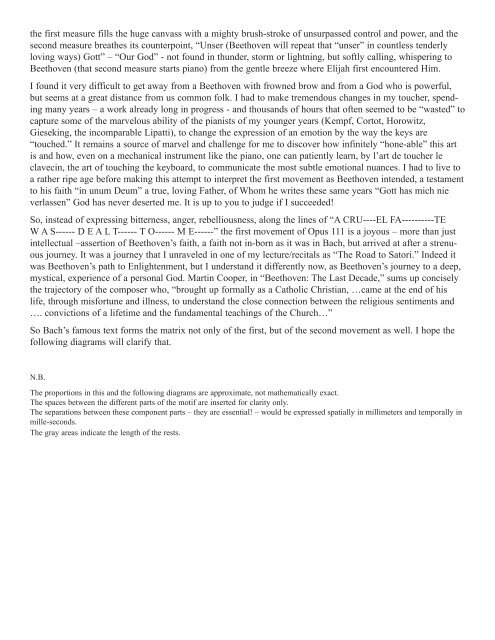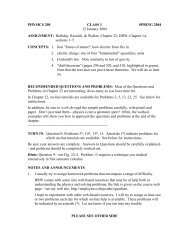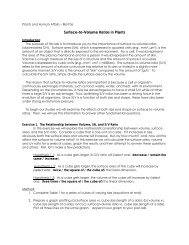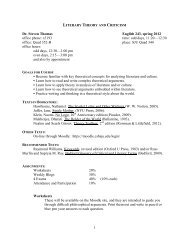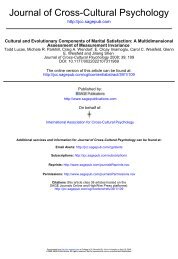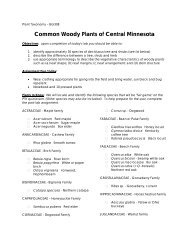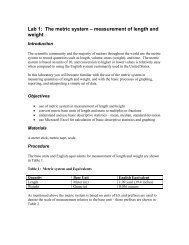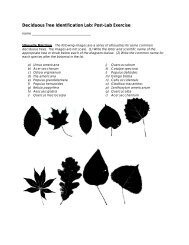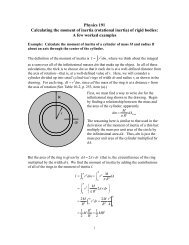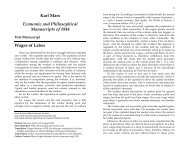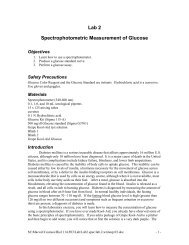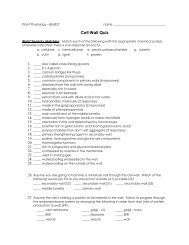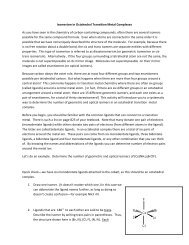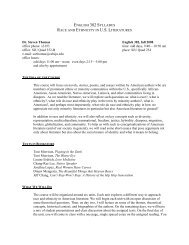A Beethoven Triptych - Employees Csbsju
A Beethoven Triptych - Employees Csbsju
A Beethoven Triptych - Employees Csbsju
Create successful ePaper yourself
Turn your PDF publications into a flip-book with our unique Google optimized e-Paper software.
the first measure fills the huge canvass with a mighty brush-stroke of unsurpassed control and power, and the<br />
second measure breathes its counterpoint, “Unser (<strong>Beethoven</strong> will repeat that “unser” in countless tenderly<br />
loving ways) Gott” – “Our God” - not found in thunder, storm or lightning, but softly calling, whispering to<br />
<strong>Beethoven</strong> (that second measure starts piano) from the gentle breeze where Elijah first encountered Him.<br />
I found it very difficult to get away from a <strong>Beethoven</strong> with frowned brow and from a God who is powerful,<br />
but seems at a great distance from us common folk. I had to make tremendous changes in my toucher, spending<br />
many years – a work already long in progress - and thousands of hours that often seemed to be “wasted” to<br />
capture some of the marvelous ability of the pianists of my younger years (Kempf, Cortot, Horowitz,<br />
Gieseking, the incomparable Lipatti), to change the expression of an emotion by the way the keys are<br />
“touched.” It remains a source of marvel and challenge for me to discover how infinitely “hone-able” this art<br />
is and how, even on a mechanical instrument like the piano, one can patiently learn, by l’art de toucher le<br />
clavecin, the art of touching the keyboard, to communicate the most subtle emotional nuances. I had to live to<br />
a rather ripe age before making this attempt to interpret the first movement as <strong>Beethoven</strong> intended, a testament<br />
to his faith “in unum Deum” a true, loving Father, of Whom he writes these same years “Gott has mich nie<br />
verlassen” God has never deserted me. It is up to you to judge if I succeeded!<br />
So, instead of expressing bitterness, anger, rebelliousness, along the lines of “A CRU----EL FA----------TE<br />
W A S------ D E A L T------ T O------ M E------” the first movement of Opus 111 is a joyous – more than just<br />
intellectual –assertion of <strong>Beethoven</strong>’s faith, a faith not in-born as it was in Bach, but arrived at after a strenuous<br />
journey. It was a journey that I unraveled in one of my lecture/recitals as “The Road to Satori.” Indeed it<br />
was <strong>Beethoven</strong>’s path to Enlightenment, but I understand it differently now, as <strong>Beethoven</strong>’s journey to a deep,<br />
mystical, experience of a personal God. Martin Cooper, in “<strong>Beethoven</strong>: The Last Decade,” sums up concisely<br />
the trajectory of the composer who, “brought up formally as a Catholic Christian, …came at the end of his<br />
life, through misfortune and illness, to understand the close connection between the religious sentiments and<br />
…. convictions of a lifetime and the fundamental teachings of the Church…”<br />
So Bach’s famous text forms the matrix not only of the first, but of the second movement as well. I hope the<br />
following diagrams will clarify that.<br />
N.B.<br />
The proportions in this and the following diagrams are approximate, not mathematically exact.<br />
The spaces between the different parts of the motif are inserted for clarity only.<br />
The separations between these component parts – they are essential! – would be expressed spatially in millimeters and temporally in<br />
mille-seconds.<br />
The gray areas indicate the length of the rests.


